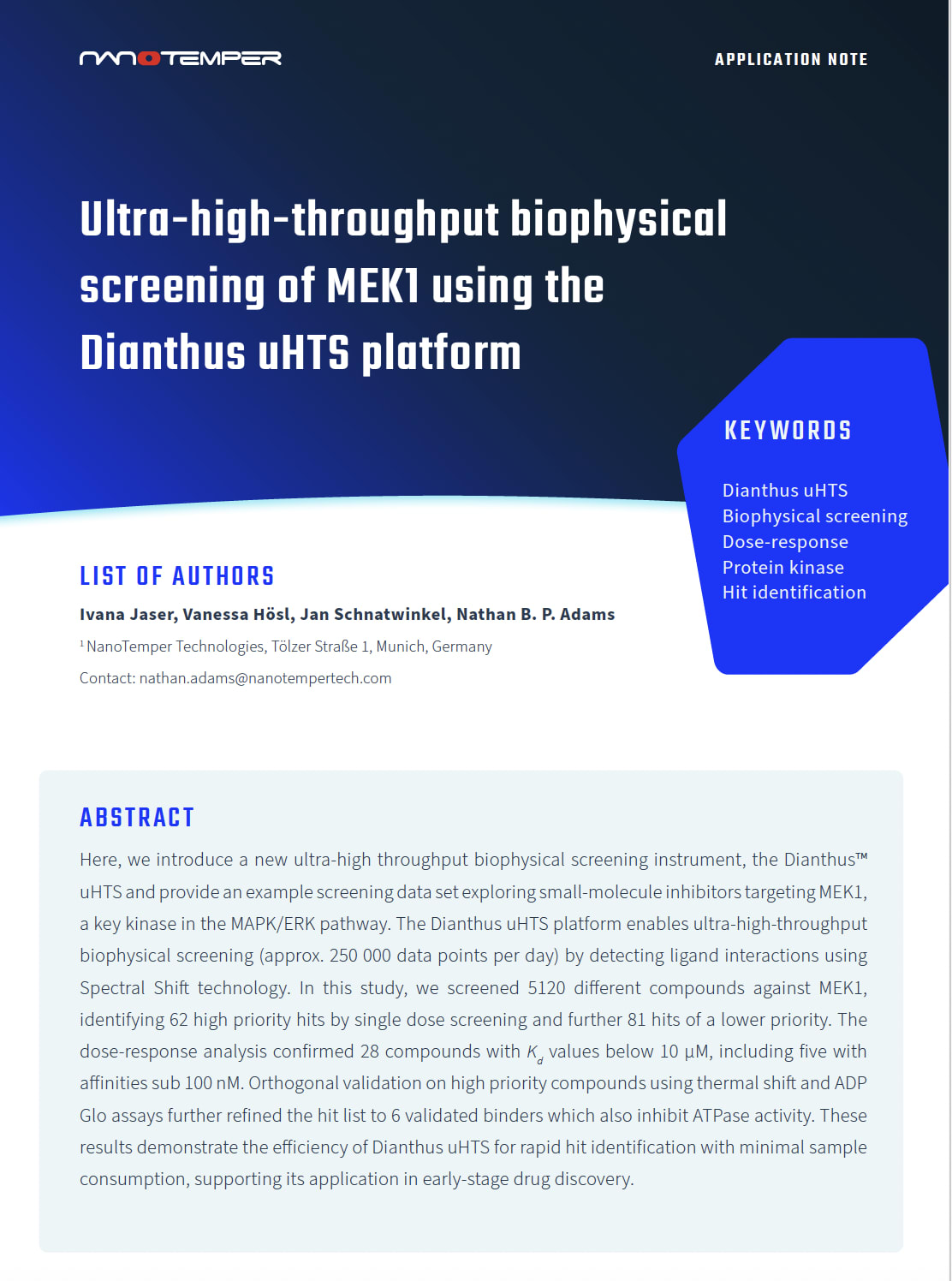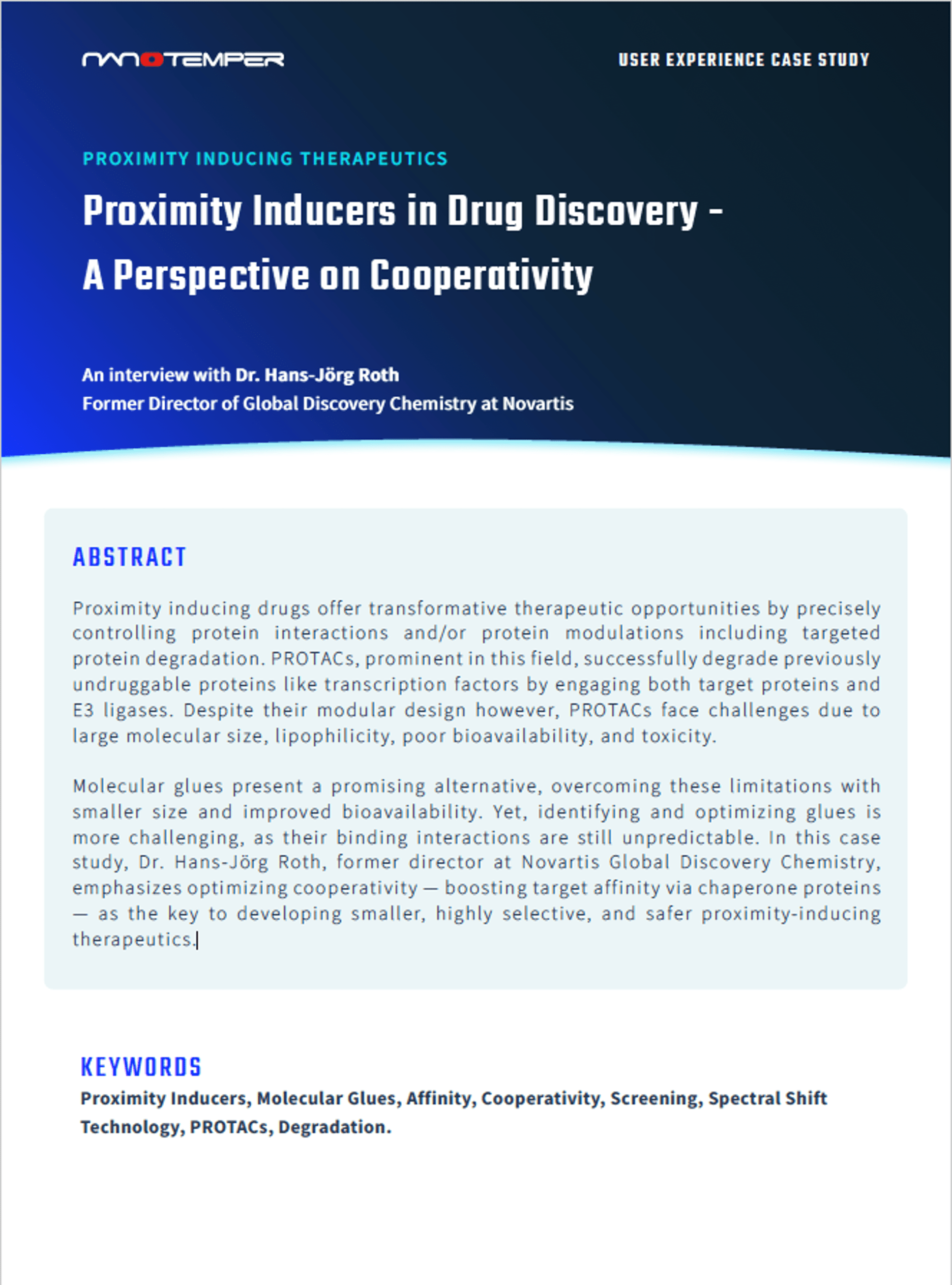
Monoclonal antibodies (mAbs) have become the molecule of choice when highly specific molecular recognition is needed for a variety of applications including disease diagnosis and therapy. Unfortunately, they suffer from several drawbacks that limit their production, use, and can even affect their safety. Downsides include laborious and expensive development, variable batch-to-batch performance, high instability, and their targets are limited to molecules that prompt an immune response.
Are there alternative molecules that could overcome mAbs shortcomings?
Yes, and they’re known as aptamers.
Aptamers are single or double-stranded RNA or DNA molecules that fold into a variety of 3D shapes, a feature that allows them to bind to diverse targets. Aptamers offer several advantages: they are synthesized in vitro — which makes them easier and cheaper to produce — and they’re less immunogenic. In addition, compared to mAbs, they have lower batch-to-batch variability and higher affinity, specificity, and stability. Because of this, aptamers have generated a lot of interest as promising tools for diagnostic, analytical, and therapeutic applications.
Regardless of the downstream application, optimal aptamers must demonstrate a high affinity for their targets. This affinity can be determined by several biophysical methods and is usually reported as an equilibrium dissociation constant (Kd) which describes the overall strength of the aptamer-target interaction. This important parameter can be used not only to select lead aptamers from a pool of possible candidates but also to check how modifications made to an aptamer affect the binding to its target.
Looking to characterize binding events that involve aptamers?
Find out how researchers used MicroScale Thermophoresis (MST) to study small molecule-aptamer interactions. Then, learn how you can measure binding affinity with Monolith and Dianthus.









